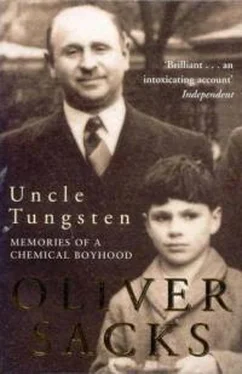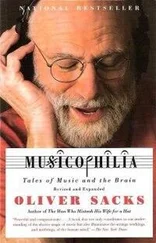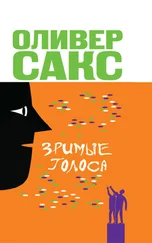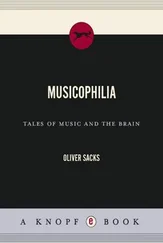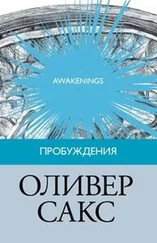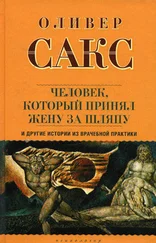I was fascinated to learn from Jeremy Bernstein that he once held a sphere of plutonium in his hands – the core of an atomic bomb, no less – and found it uncannily warm to the touch.
Marie Curie’s own laboratory notebooks, a century later, are still considered too dangerous to handle and are kept in lead-lined boxes.
Soddy envisaged this artificial transmutation fifteen years before Rutherford achieved it, and imagined explosive or controlled atomic disintegrations long before fission or fusion were discovered.
It was reading The World Set Free in the 1930 sthat set Leo Szilard to thinking of chain reactions and getting a secret patent on these in 1936; in 1940 he persuaded Einstein to send his famous letter to Roosevelt about the possibilities of an atomic bomb.
By 1914, the scientists of Britain and France and Germany and Austria were all caught up, in various ways, in the First World War. Pure chemistry and physics were largely suspended for the duration, and applied science, war science, took its place. Rutherford ceased his fundamental research, and his lab was reorganized for work on submarine detection. Geiger and Marsden, who had observed the alpha-particle deflections that gave rise to Rutherford’s atom, found themselves at the Western Front, on different sides. Chadwick and Ellis, younger colleagues of Rutherford’s, were prisoners of war in Germany. And Moseley, aged twenty-eight, was killed by a bullet in the brain, at Gallipoli. My father often used to talk of the young poets, the intellectuals, the cream of a generation wiped out tragically in the Great War. Most of the names he mentioned were unknown to me, but Moseley’s was the one I knew, and the one I mourned most.
This gave Bohr predictive power too. Moseley had observed that element 72 was missing, but could not say whether it would be a rare-earth element or not (elements 57-71 were rare earths, and 73, tantalum, was a transition element, but no one was sure how many rare earths there would be). Bohr, with his clear idea of the numbers of electrons in each shell, was able to predict that element 72 would not be a rare-earth element, but a heavier analog of zirconium. He suggested that his colleagues in Denmark seek this new element in zirconium ores, and it was swiftly found (and named hafnium, after the old name for Copenhagen). This was the first time the existence and properties of an element were predicted not by chemical analogy, but on the purely theoretical basis of its electronic structure.
It was also wondered, early in the twentieth century, what might happen to the ‘electron gas’ in metals if they were cooled to temperatures near absolute zero – would this ‘freeze’ all the electrons, turning the metal into a complete insulator? What was found, using mercury, was the complete opposite: the mercury became a perfect conductor, a superconductor, suddenly losing all its resistance at 4.2 degrees above absolute zero. Thus one could have a ring of mercury, cooled by liquid helium, with an electrical current flowing around it with no diminution, for days, forever.
The universe started, Gamow conceived, as almost infinitely dense – perhaps no larger than a fist. Gamow and his student Ralph Alpher went on to suggest (in a famous 1948 article that came to be known, after Hans Bethe was invited to add his name, as the alpha-beta-gamma paper), that this primal fist-sized universe exploded, inaugurating space and time, and that in this explosion (which Hoyle, derisively, was to call the Big Bang) all of the elements were created.
But here he was wrong; it was only the lightest elements – hydrogen and helium and perhaps a little lithium – that originated in the Big Bang. It was not until the 1950 sthat it became clear how the heavier elements were generated. It might take billions of years for an average star to consume all its hydrogen, but the more massive stars, far from extinguishing at this point, could contract, becoming hotter still, and start on further nuclear reactions, fusing their helium to produce carbon, fusing this in turn to produce oxygen, and then silicon, phosphorus, sulphur, sodium, magnesium – all the way up to iron. Beyond iron no energy could be released by further fusion, so this accumulated as an end point in nucleosynthesis. Hence its remarkable abundance in the universe, an abundance reflected in metallic meteorites and in the iron core of the earth. (The heavier elements, those beyond iron, remained a puzzle for longer; they only originate, apparently, with supernova explosions.)
This question again resonated for me when I read Primo Levi’s wonderful book The Periodic Table , especially the chapter called ‘Potassium.’ Here Levi speaks of his own search, as a student, for ‘sources of certainty.’ Deciding he would become a physicist, Levi left the chemistry lab and apprenticed himself to the physics department – to an astrophysicist, in particular. This did not work out quite as he had hoped, for while some ultimate certainties might indeed be found in stellar physics, such certainties, though sublime, were abstract and remote from daily life. More soul-filling, nearer life, were the beauties of practical chemistry. ‘When I understand what’s going on inside a retort,’ Levi once remarked, ‘I’m happier. I’ve extended my knowledge a little bit more. I haven’t understood truth or reality. I’ve just reconstructed a segment, a little segment of the world. That’s already a big victory inside a factory laboratory.’
I was not quite alone. A most important guide to me at this point was George Gamow, a scientist-writer of great versatility and charm whose Birth and Death of the Sun I had already read. In his ‘Mr. Tompkins’ books ( Mr. Tompkins in Wonderland and Mr. Tompkins Explores the Atom , published in 1945), Gamow uses the device of altering physical constants by many orders of magnitude to make otherwise unimaginable worlds at least half-imaginable. Relativity is made comically imaginable by supposing the velocity of light to be only thirty miles per hour, and quantum mechanics equally so by imagining Planck’s constant increased by twenty-eight orders of magnitude, so that one can have quantum effects in ‘real’ life – thus quantum tigers, smeared out in a quantum jungle, are nowhere and everywhere at once.
I sometimes wondered whether any ‘macroquantal’ phenomena existed, whether one might ever be able to see, under extraordinary conditions, a quantal world with one’s own eyes. One of the unforgettable experiences of my life was exactly this, when I was introduced to liquid helium, and saw how this changed its properties suddenly at a critical temperature, turning from a normal liquid into a strange superfluid with no viscosity, no entropy whatever, able to go through walls, to climb out of a beaker, and with a thermal conductivity three million times that of normal liquid helium. This impossible state of matter could only be understood in terms of quantum mechanics: the atoms were now so close together that their wave functions overlapped and merged, so that one had, in effect, a single giant atom.
I wish I had realized – but that would not have been easy for me as a boy – that Crookes was wrong, that the new insight about the atom which prompted his thoughts (he was writing this in 1915, just two years after Bohr) would serve, once assimilated, to expand and enrich chemistry enormously, not to reduce it, annihilate it, as he feared. There were similar anxieties about the first atomic theory: many chemists, Humphry Davy among them, felt there was danger in accepting Dalton’s notions of atoms and atomic weights, danger of pulling chemistry away from its concreteness and reality into an arid, impoverished, metaphysical realm.
